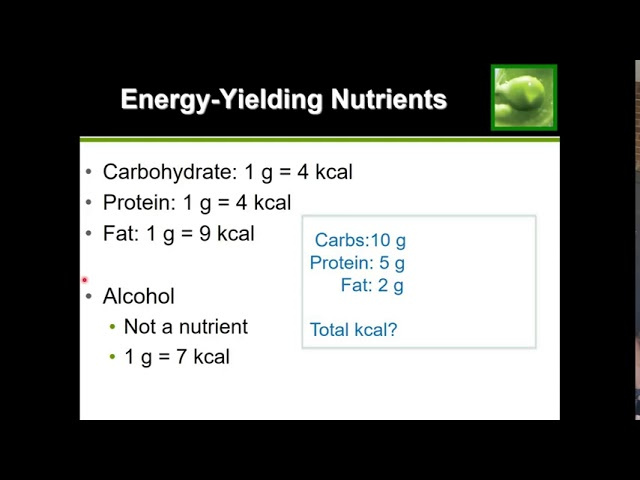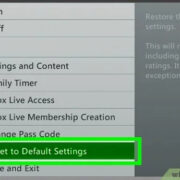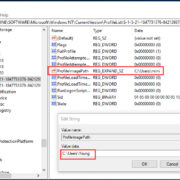When it comes to managing our diet and energy intake, understanding how to calculate kilocalories (kcal), commonly just called calories, is crucial. These units of measurement help us gauge the amount of energy food provides to our body, which is essential for maintaining a healthy balance between the energy we consume and expend. Whether you’re aiming to lose weight, gain muscle, or simply track your dietary habits for a healthy lifestyle, knowing how to precisely calculate the calories in your meals can empower you to make informed nutritional decisions.

Understanding Food Labels
Food labels can be a quick and accessible resource for finding out the caloric content of packaged foods. These labels are required by law to list nutritional information, including kilocalories.
Detailed Steps:
- Locate the nutrition facts on the packaging.
- Look for the total number of kilocalories per serving.
- Note the serving size. The calorie count is often based on a single serving, which may be less than the whole package.
- Multiply the number of servings you will eat by the kilocalories per serving to get the total kilocalories consumed.
Summary
This method is straightforward, making it easy for anyone to understand how many calories they consume from packaged foods. However, the downsides are that it’s only applicable to packaged foods with labels and assumes the accuracy of the listed information.
The Calorie Counter Tools
Numerous digital tools and apps are available to help calculate the caloric content of the food we eat. These are especially beneficial for unpackaged or restaurant foods.
Detailed Steps:
- Download a calorie counter app or visit a website offering this tool.
- Input the food item you’re consuming—many apps have extensive databases to match your entry.
- Enter the quantity of the food.
- The tool will calculate the total kilocalories for you.
Summary
Using calorie counter tools can simplify the tracking process and often includes additional nutritional information. However, the accuracy can vary depending on the database and user input.
Cooking and Measuring at Home
Cooking at home gives you full control over what goes into your food, which is vital for accurate calorie counting.
Detailed Steps:
- Before cooking, weigh each ingredient using a kitchen scale.
- Consult an online calorie database to find the caloric value per weight of each ingredient.
- Add up the kilocalories of all ingredients to get the total for the dish.
- Divide this by the number of servings to find the kilocalories per serving.
Summary
This method is highly accurate as it accounts for everything that goes into your dish. However, it is time-consuming and requires a kitchen scale and access to a detailed calorie database.
Caloric Density
Understanding caloric density (calories per gram) of various foods can provide a quick and general estimate of calorie content.
Detailed Steps:
- Learn the average caloric density of the food groups (e.g., fats, proteins, carbohydrates).
- Weigh your food portion.
- Multiply the weight of your food by the average caloric density value.
Summary
Using caloric density is quick but less accurate, as it doesn’t account for specific variations in foods.
Math Behind Metabolism
Calculating your Resting Metabolic Rate (RMR) is another way to manage your kilocalorie intake. RMR is the number of calories your body needs to maintain basic physiological functions at rest.
Detailed Steps:
- Use a formula like the Harris-Benedict equation to estimate your RMR.
- Consider your activity level and multiply your RMR accordingly to get your daily caloric needs.
Summary
Knowing your RMR and adjusting for activity can help you set daily calorie goals. Accuracy can vary depending on the formula and individual physiological differences.
Professional Nutritional Analysis
For the most accurate assessment of your kilocaloric needs, consulting with a registered dietitian or nutritionist can be beneficial.
Detailed Steps:
- Schedule an appointment with a professional.
- They will assess your dietary needs based on various factors including height, weight, age, and activity level.
- They will provide a personalized daily caloric intake recommendation.
Summary
Professional analysis offers tailored advice, but it’s more costly and requires appointments.
Reading Restaurant Menus
Many restaurants now provide calorie information on their menus, enabling patrons to make informed choices.
Detailed Steps:
- Review the menu’s nutritional section.
- Select your meal based on the provided kilocalorie content.
Summary
This method provides convenience but can be limited by the restaurant’s accuracy and availability of information.
Home Cooking Books and Guides
Cookbooks and cooking guides often include nutritional information, including kilocalories for each recipe.
Detailed Steps:
- Follow recipes from cookbooks that list nutritional information.
- Stick to the recommended serving sizes for accuracy.
Summary
Cookbooks can streamline the calorie-counting process if they provide nutritional details, though they can sometimes lack precision due to variability in ingredient sizes and substitutions.
Understanding Macronutrients
Considering the calorie content from macronutrients in foods—carbohydrates, proteins, and fats—can also help estimate total calorie intake.
Detailed Steps:
- Know the calorie content per gram of each macronutrient (carbohydrates and proteins have 4 kcal per gram, fats have 9 kcal per gram).
- Calculate the total kilocalories from each macronutrient by multiplying by its respective per gram value.
Summary
While this method allows a focus on macronutrient balance, it assumes all consumed macronutrients are utilized the same way in the body, which isn’t always true.
Dietary Software
Professional dietary analysis software used by dietitians and nutritionists can also be accessed by individuals.
Detailed Steps:
- Purchase or subscribe to a dietary software program.
- Enter your daily food intake.
- The software will calculate your total kilocalorie consumption.
Summary
Dietary software typically offers detailed analysis beyond calories, but may come with a cost and require a learning curve to use effectively.
Combining Methods
For the most comprehensive understanding, using a combination of the above methods is advised.
Detailed Steps:
- Utilize multiple approaches to calculate kilocalories, especially when eating a mix of packaged, restaurant, and homemade foods.
- Compare results for accuracy and adjust as necessary.
Summary
Combining methods gives a more complete picture but can become complex and time-intensive.
In conclusion, the journey to understanding and managing your caloric intake is multifaceted, but with the right tools and knowledge, it’s entirely possible to gain the insight needed to reach your dietary goals. Whether using food labels, digital tools, or professional advice, the most critical element is finding a method that aligns with your lifestyle and capability for sustained use.
FAQs:
Q1: How do I calculate the calories in homemade meals?
A1: Weigh each ingredient, find the caloric value per weight using an online database, add the total calories of all ingredients, and divide by the number of servings.
Q2: Are calorie-counting apps accurate?
A2: Calorie-counting apps can vary in accuracy depending on their database and the user’s correct input of serving sizes and ingredients. They provide a good estimate but may not be perfect.
Q3: Can I trust the calorie counts on restaurant menus?
A3: Calorie counts on restaurant menus can be a helpful guide, but they may not always account for variations in portion size and preparation methods. Use these numbers as a general guide rather than an exact count.









